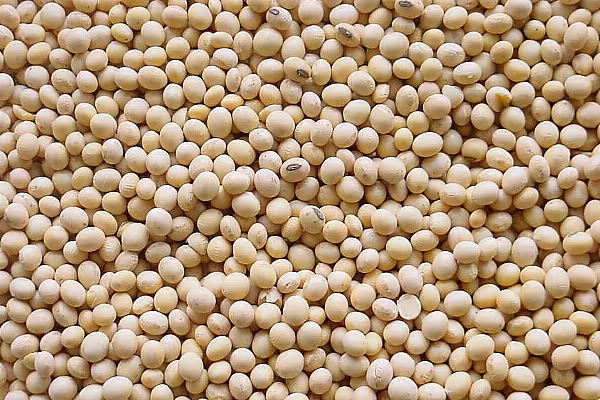As Chinese soybean imports head for a record in the current crop year, traders are watching a less obvious development that’s also significant: the increase in spot purchases at the expense of forward buying.
More supplies are being bought for delivery in four to six weeks rather than 60 to 90 days out, said Bruce Weber, director of risk management for soybean products at CHS Inc., the largest U.S. agriculture cooperative.
“It’s not buying as we’ve seen in previous years -- three, four, five months in advance,” Soren Schroder, chief executive officer of Bunge Ltd., the world’s largest oilseed processor, said in an interview Thursday.
China is the largest buyer of foreign soybeans, which are used for animal feed and cooking oil. It will import 79 million metric tons in the year that began 1 September, according to U.S. Department of Agriculture estimates.
The switch to the spot market shows at least three factors at work. First, Chinese financial intermediaries are stepping back from financing forward purchases, Schroder said. Second, Chinese crushers, who process soybeans into meal and oil, “have no incentive to commit to large quantities of forward soybeans because the profitability in China is not all that good,” he said. Chinese crush margins probably are about half of those in the U.S., according to the Bunge CEO.
Third, there’s no shortage of soybeans right now, said Steve Nicholson, a vice president of food and agriculture research at Rabo AgriFinance Inc. in St. Louis. Global inventories are expected to swell to an all-time high as U.S. farmers finish harvesting their second-largest soybean harvest and Brazil produces a record crop.
Bloomberg News, edited by ESM











